What you need to know about AT&T 5G
AT&T has one of the most developed 5G networks out right now with millimeter-wave coverage alongside low-band coverage. Both networks are available to customers with phones capable of connecting to both networks. AT&T has been aggressively expanding its 5G network and now approximates coverage for 120 million people with 190 markets. 80 Million are covered by the more accessible low-band network. Here's what you need to know if you are considering switching to, or upgrading your phone on AT&T.
When will my area get 5G?
As far as 5G goes, AT&T is building two networks. One network is a low-band sub-6 5G deployment at 850MHz. The majority of customers will see 5G on this network. The other network is called 5G+ and is a high-band mmWave network that is capable of very fast speeds but has a much more limited range. All current AT&T 5G phones support low-band 5G with only a handful of high-end phones supporting the faster mmWave network.
Dynamic Spectrum Sharing, or DSS, is a technique that reuses spectrum currently used for 4G with both 4G and 5G as the need grows. Unlike the refarming spectrum from LTE and simply moving capacity from one network to the other, DSS is able to keep both networks active and allocate portions of that spectrum as needed to either 4G or 5G. On June 5, 2020, AT&T began deploying DSS to improve connectivity for 5G customers without reducing capacity on the older 4G network. While currently only live in northern Texas, this type of deployment should be seen much wider use later in the year.
AT&T began preparing its towers for a 5G network with LTE upgrades it called 5GE. This essentially added the network capacity on the backend for 5G including upgraded fiber network connections. If you see 5GE on your older AT&T phone, this is not actually 5G and is actually 4G LTE with tower upgrades that make the most of LTE technology.
True 5G is now shown on AT&T's standard coverage maps which makes it easier than ever to see how far this coverage has made it. It does take a while for these maps to get updated so check out the entire list for the most up-to-date locations.
Which phones work with 5G?
AT&T now sells quite a few 5G capable phones. This includes many of the best Android phones like the Galaxy S20 series and Pixel 5. Apple's iPhone 12 series of phones are also supported.
| Device | Low-band (850MHz) | mmWave |
|---|---|---|
| Apple iPhone 12 | ✔️ | ✔️ |
| Apple iPhone 12 Pro | ✔️ | ✔️ |
| LG V60 ThinQ 5G | ✔️ | ❌ |
| LG Velvet 5G | ✔️ | ❌ |
| Motorola razr | ✔️ | ❌ |
| Motorola one 5G | ✔️ | ❌ |
| Samsung Galaxy A51 5G | ✔️ | ❌ |
| Samsung Galaxy A71 5G | ✔️ | ❌ |
| Samsung Galaxy Note 10+ 5G | ✔️ | ❌ |
| Samsung Galaxy Note 20 5G | ✔️ | ❌ |
| Samsung Galaxy Note 20 Ultra 5G | ✔️ | ✔️ |
| Samsung Galaxy S10 5G | ❌ | ✔️ |
| Samsung Galaxy S20 5G | ✔️ | ❌ |
| Samsung Galaxy S20 FE 5G | ✔️ | ❌ |
| Samsung Galaxy S20+ 5G | ✔️ | ✔️ |
| Samsung Galaxy S20 Ultra 5G | ✔️ | ✔️ |
| Samsung Galaxy Z Flip 5G | ✔️ | ✔️ |
| Samsung Galaxy Z Fold2 5G | ✔️ | ✔️ |
Should you buy a 5G phone in 2020?
Which plan do I need?
All of AT&T's unlimited plans include 5G access. If you're on an older unlimited plan, you may need to upgrade to get access to the network. If you want to go for a data plan such as the 4GB plan, you won't get any access to 5G at all.
With AT&T Prepaid, you can only get 5G with the most expensive Unlimited Data Plus plan which comes in at $75 per month for one line.
On August 21, 2020, Cricket Wireless launched 5G support on both AT&T's sub-6 and mmWave network. 5G is available with Cricket's top-end unlimted plan as well as itsSimply Data plans data-only plans. If you were looking to get 5G access with a ton of data, Cricket is one of your best bets.
Sub-6 5G on Cricket is being called Cricket 5G while mmWave is called Cricket 5G+ matching AT&T's own branding. AT&T's 5G network still isn't the biggest but it has had some solid growth over the past months and has a solid coverage map so you can see if you are covered.
What tech is AT&T using for 5G?
AT&T is using mmWave technology to deliver a fast 5G+ service. This uses high-band spectrum above 24 GHz for coverage. This spectrum is available in large chunks allowing for enormous speeds of over 2 Gbps in ideal conditions. It remains to be seen how this will hold up under a true public load, but the early prospects are good.
AT&T has also launched a low-band sub-6 5G network at 850MHz. This is the network that the majority of customers will be able to connect to since it has much better coverage than mmWave. This service is much more in line with what we've seen from Sprint and T-Mobile as far as speed and coverage. Typically, this means speeds faster than those that LTE can deliver but not by as much as you would expect. Still, some of the other benefits of 5G such as better traffic management and capacity will be worth the trade once the network is built out.
AT&T has also started reusing some of its LTE spectrum for 5G with Dynamic Spectrum Sharing (DSS) which will perform much like its existing low-band 5G network. The main difference is that this spectrum will be able to be used on the 4G LTE network or the 5G network as needed without taking either fully offline. This will help AT&T smoothly transition use of its large amounts of spectrum currently dedicated to its 4G LTE network to 5G customers.
Phones will need to support 5G bands n5 and n260 to get access to both networks.
5G in the U.S.: How each carrier will deploy 5G on phones
Is 5G dangerous or is it safe?
Does 5G use more battery than LTE?
What is 5Ge?
LTE isn't the same today as it was on day one. Periodic upgrades to the underlying technology have made LTE more efficient and faster over time. The most modern version of this is called LTE Advanced. This tech offers the best consumer wireless technology outside of 5G and can produce some very strong speeds that are more than enough for almost any application. This isn't abnormal since LTE stands for long term evolution and was designed to evolve and grow as technology improved.
AT&T is moving its LTE Advanced towers along a path towards 5G coverage thanks to these towers having high-speed backhauls that can support 5G speeds. This is why they have renamed their 4G LTE Advanced service to 5Ge with a software update. Short for 5G Evolution, this is framed as the first step towards an actual 5G network, though, not everyone agrees.
The fact of the matter is that this 5Ge network is the best of LTE and if you are using an older phone that is unusably slow in crowded areas, it may be worth it to get a phone that supports these enhancements. Don't expect speeds to be a huge difference but latency and connection quality can be improved.
5G vs. 5Ge: What does it actually mean?
Which cities are covered by AT&T's 5G network?
AT&T's low-band nationwide 5G network is now worthy of appearing on its full coverage map. If you're looking for coverage, that's the best place to start. You can also keep up to date on 5G coverage on all carriers to know which network is best for 5G in your area.
For the most part, you'll be using the larger low-band 5G coverage for at least the next few years. If you have one of the phones that supports AT&T's mmWave 5G+ network, you can still get some great speeds in several U.S. cities.
These markets now have AT&T 5G+ coverage.
- Arizona
- Phoenix
- California
- Los Angeles
- Menlo Park
- Oakland
- Redwood City
- San Bruno
- San Diego
- San Francisco
- San Jose
- West Hollywood
- Florida
- Jacksonville
- Miami
- Miami Gardens
- Orlando
- Georgia
- Atlanta
- Indiana
- Indianapolis
- Kentucky
- Louisville
- Louisiana
- New Orleans
- Maryland
- Baltimore
- Ocean City
- Michigan
- Detroit
- Nevada
- Las Vegas
- New York
- New York City
- North Carolina
- Charlotte
- Raleigh
- Ohio
- Cleveland
- Oklahoma
- Oklahoma City
- Pennsylvania
- King of Prussia
- Philadelphia
- Tennessee
- Nashville
- Texas
- Austin
- Dallas
- Houston
- San Antonio
- Waco
- Wisconsin
- Milwaukee
AT&T has started to bring some 5G experiences to some sports stadiums including the AT&T Stadium in Arlington, Texas. AT&T is also working with the NBA and WNBA to demonstrate the power of 5G. While these are basically just tech demos, it can be a way to see what lies ahead for 5G.
Is 5G worth it for most people?
In ideal conditions, 4G LTE is fast enough for most people. One problem is that these good speeds lead to data usage that is constantly increasing as the quality of media improves and download sizes grow. With LTE technology, there will be a hard ceiling on the amount of data one tower can deliver and the user experience will start to suffer.
All of AT&T's unlimited plans now include 5G access so if you're ready for a new phone, there's a good chance it will come with 5G.
The next big thing in connectivity
5G
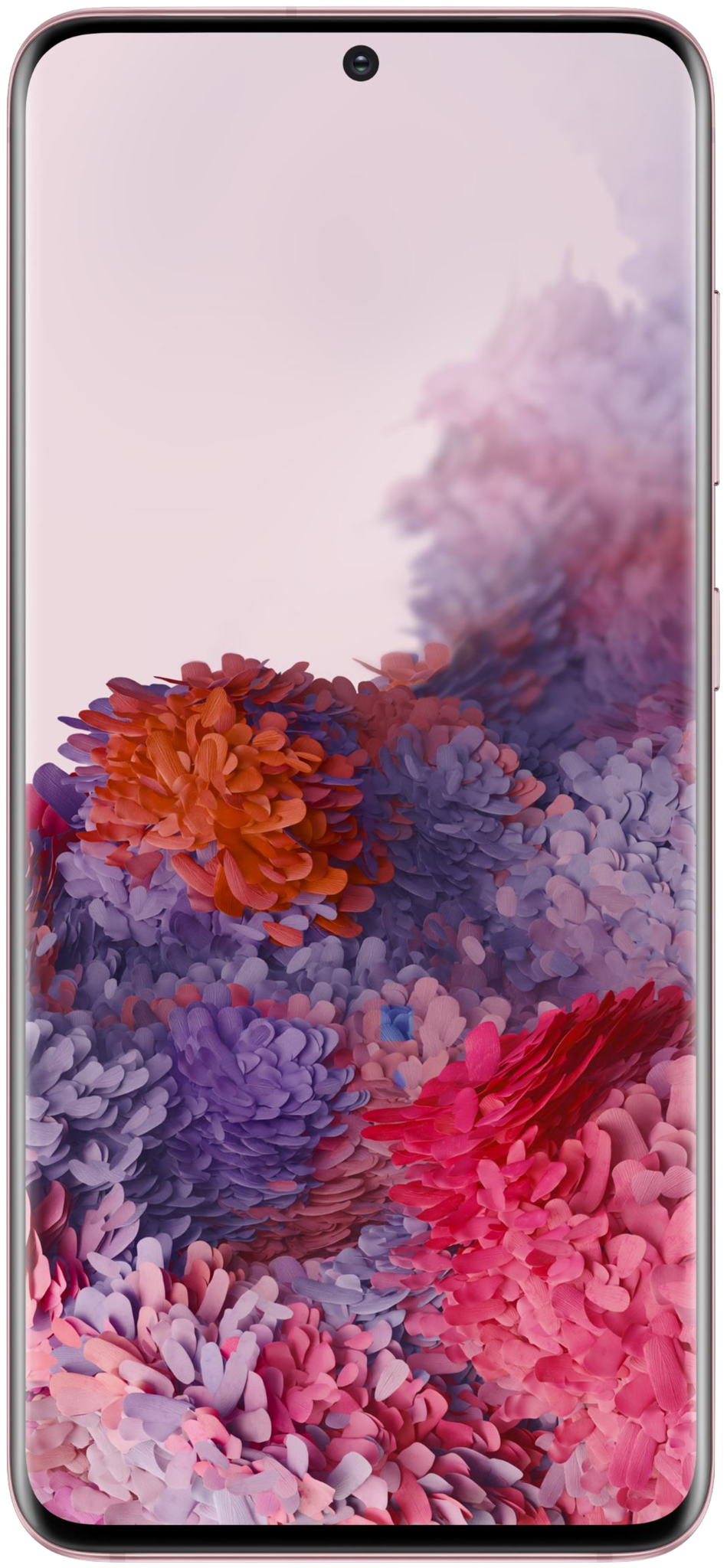
from Android Central - Android Forums, News, Reviews, Help and Android Wallpapers https://ift.tt/2XYre0O
via IFTTT
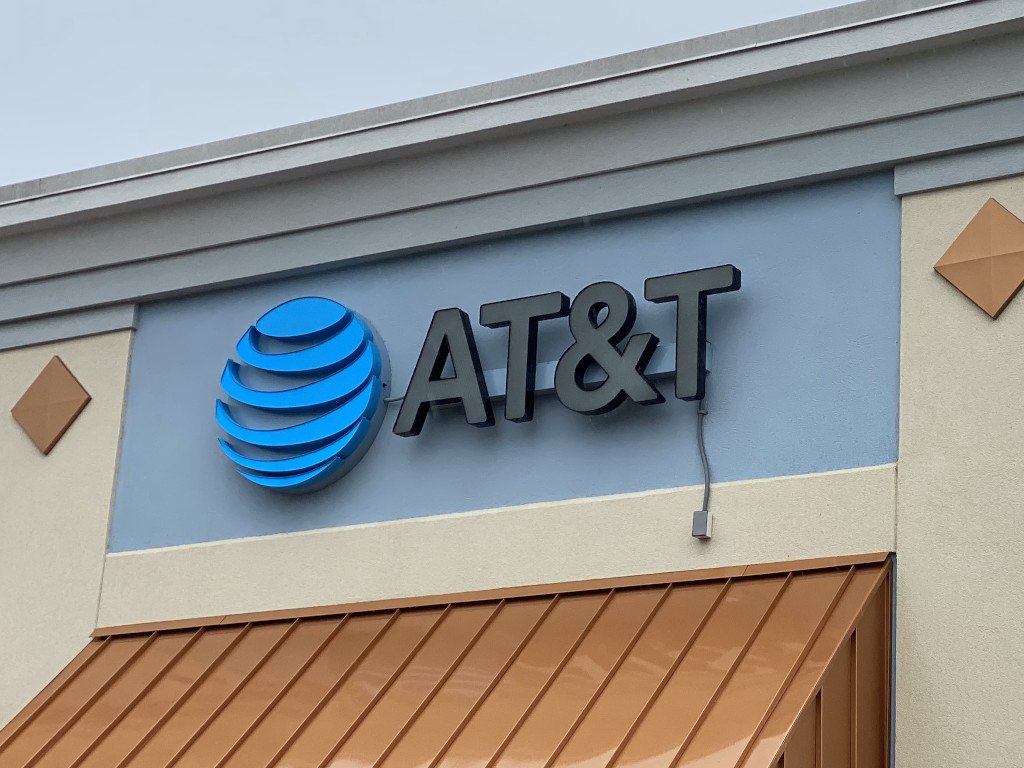
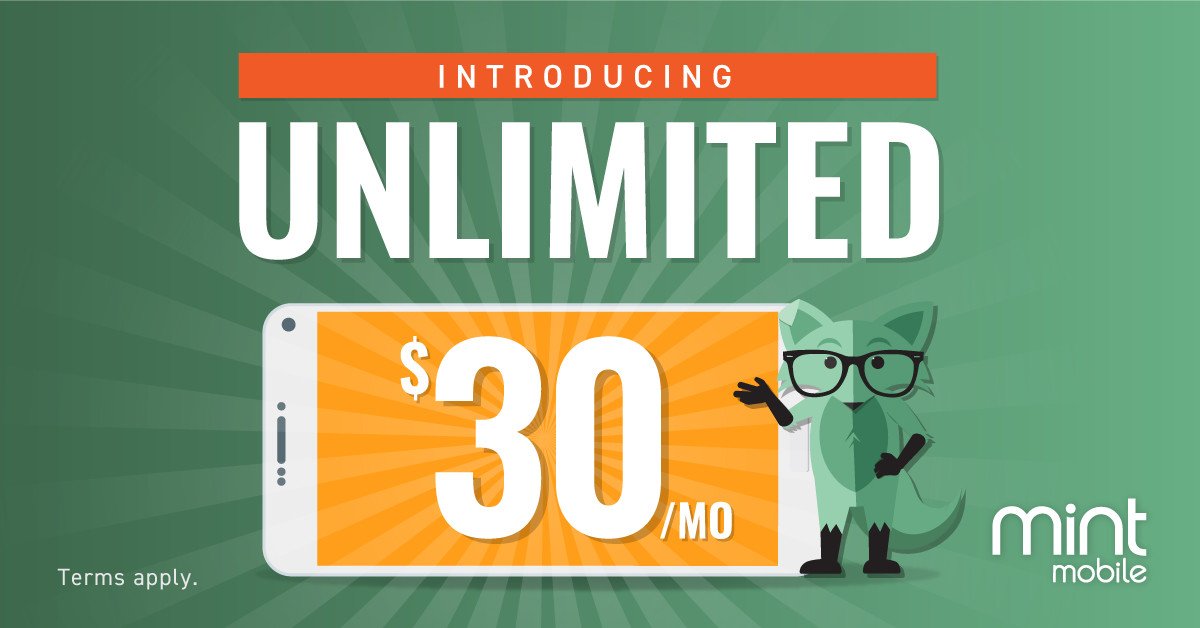
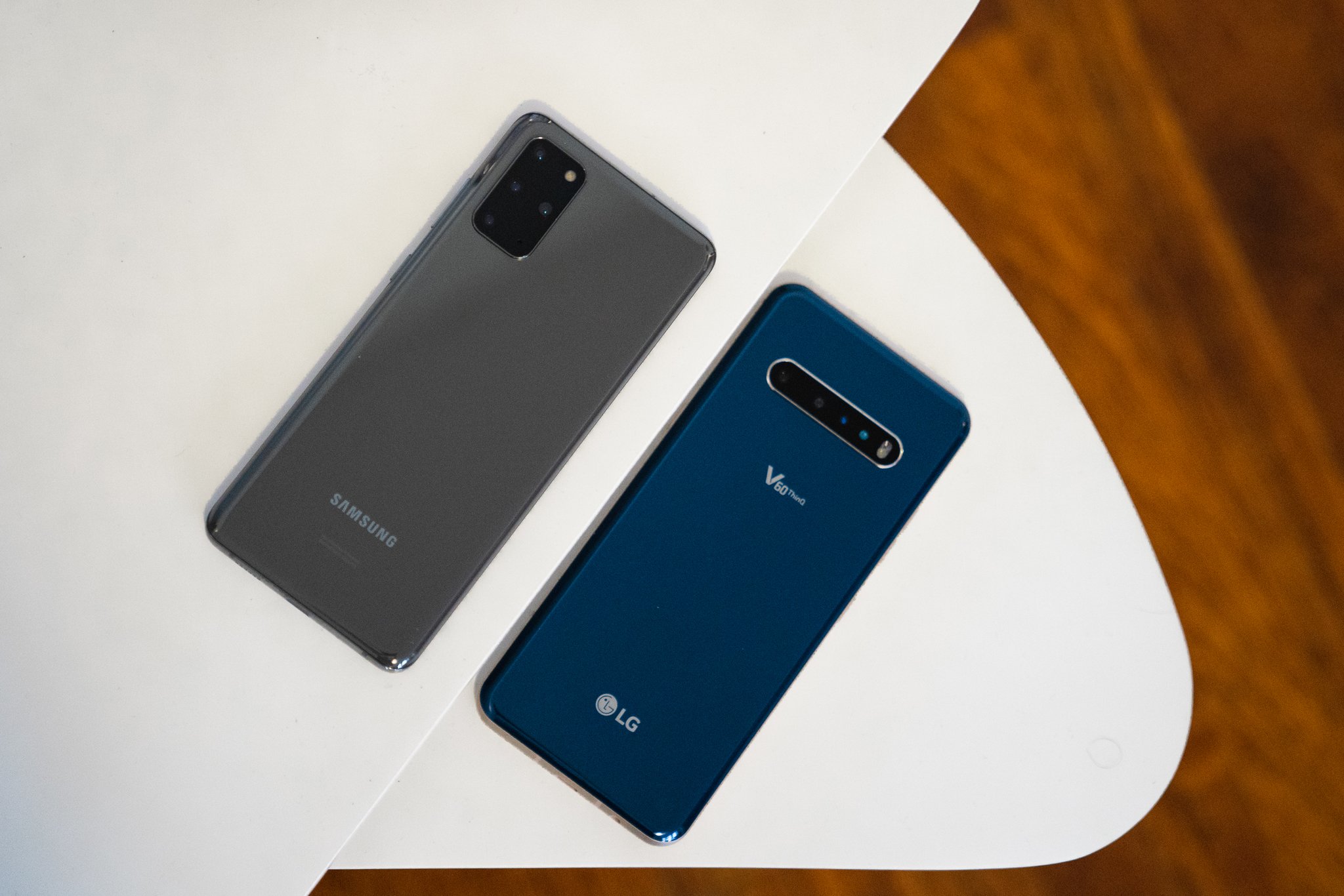
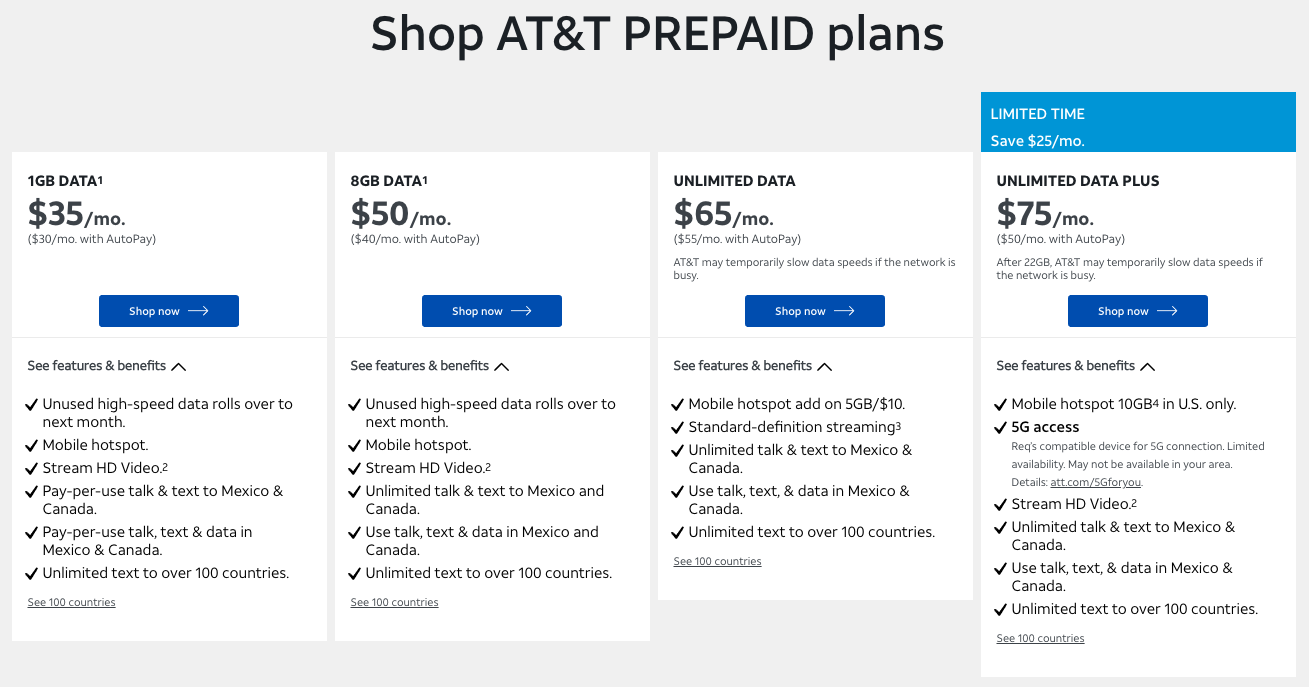
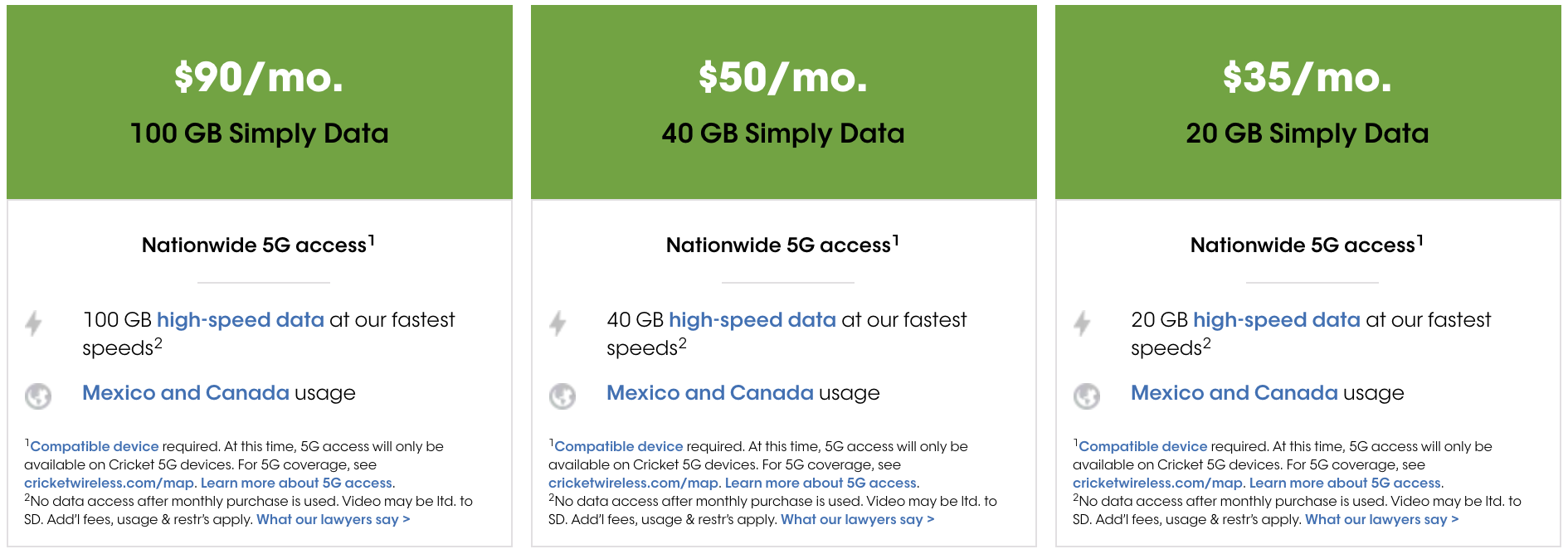
No comments: